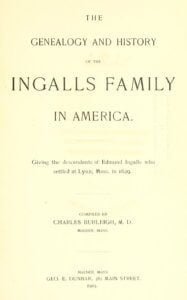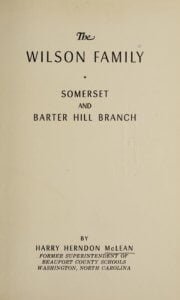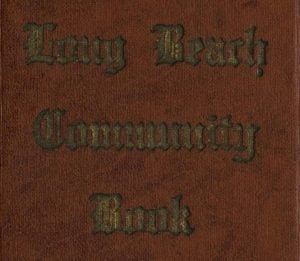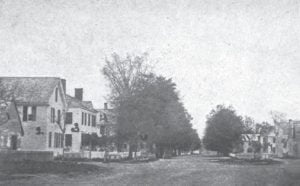Newton, Donald – Obituary
Haines Boy Drowns In Old Cesspool Neighbors and friends of the Lee Newton family of Haines were shocked Wednesday afternoon when news of the death of their five-year old son was learned. The lad was found shortly after he was missed, in an old cesspool in front of the Tom Smith residence. He had been with his father, an employee of the Haines Lumber Company, but a few minutes before and was evidently on his return to the home when he crossed a cesspool connected with the plumbing in the Smith residence. The covering broke through and little Donald came … Read more









